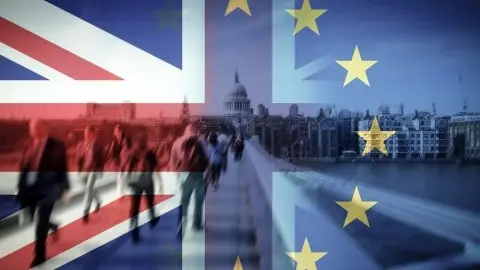G20: Don’t cry victory yet
The ceasefire between the world’s largest trading nations is positive because the signals coming from the preceding negotiations were rather pessimistic. The ceasefire means that the planned elevation of import tariffs by the US are off for the next three months. But there is a long way to go before there is a real deal
Little time for a deal
Although the deal between China and the US is mainly a question of buying time, China has committed itself to import more industrial, agricultural products and energy from the US.
If President Trump is consistent in his demands, the reduction of the bilateral trade deficit has to be more than China’s offer of US$70bn last spring, which was not good enough for Trump. Trump has demanded a halving of the deficit, which means a reduction of US$190bn. It is not clear how far China is prepared to go.
Another reason to wait before cheering the end of the trade war is that 90 days to work out a broad agreement is very short. Especially because the agreement should also encompass a deal on more sensitive issues like the theft of intellectual property and forced technology transfers in joint ventures. Most wide-ranging bilateral trade agreements take years to negotiate.
A positive is that both parties did not say that China's ‘Made in China 2025’- strategy will be part of the coming negotiations. This could mean that Trump has accepted that this is a ‘no go’ for China.
Uncertainty continues for WTO
On the WTO there is just a commitment to talk about reforms. No steps made on the content side, so it is too early to say whether a deal is possible. Trump will keep the WTO under high pressure by blocking the appointment of judges for the appellate body as long as his demands for reforms are not met. If there are no new judges before 1 December 2019, it will paralyse the WTO.
This approach fits the strategy that we have seen in all the trade battles that President Trump has started thus far. And it means that the closer we get to the December deadline, the larger the pressure will become on the other countries that are more attached to the survival of the WTO, to give in to Trump's demands.
In six months world leaders will discuss the progress of reforming the WTO at their next G20 meeting. Developed nations want China and other large emerging economies to give up their status as ‘developing nation’ within the WTO and the benefits that come along with it. China is thus far not prepared to give in. Once again, China faces a difficult choice in the months to come: does it want to call President Trumps bluff and risk that the US paralyses the WTO? Or will China compromise to save the international guard dog of trade, an institution that watches over a framework that helped China, like many other countries, to increase living standards of its people
Download
Download snap
7 December 2018
In case you missed it: Rocky road ahead This bundle contains 9 articles